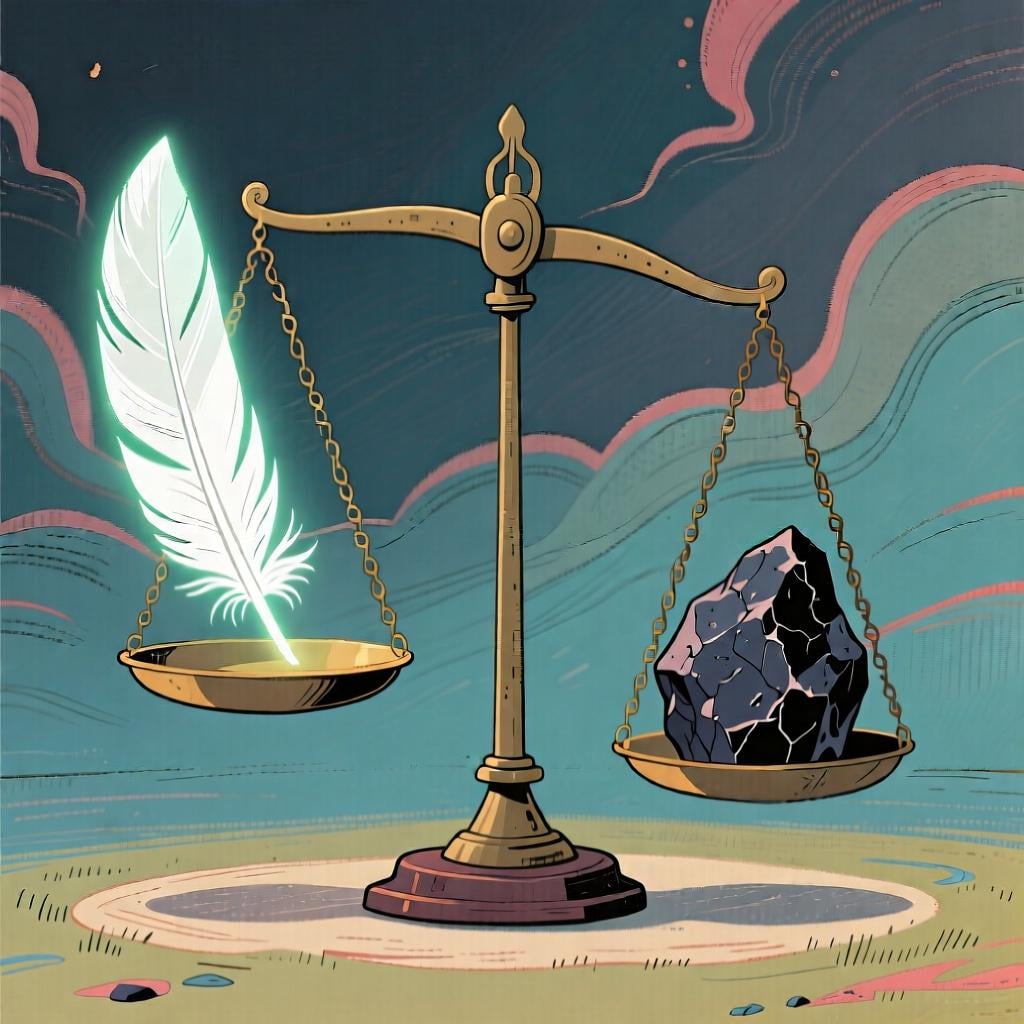mal
/mal/
badly

Here, 'mal' describes how an action is done. The cake was made badly, or 'hecho mal'.
mal(Adverb)
badly
?describing an action
poorly
?describing the quality of an action
,wrong
?as in 'you understood it wrong'
📝 In Action
Duermo muy mal por la noche.
A1I sleep very badly at night.
El examen me salió mal.
A2The exam went badly for me.
Perdón, entendí mal.
B1Sorry, I understood wrong.
💡 Grammar Points
Describing Actions: `mal` vs. `malo`
mal is used to describe how an action is done (it's an adverb). It answers 'how?'. For example, 'Canto mal' (I sing badly). It never changes its form.
❌ Common Pitfalls
Mixing up `mal` and `malo`
Mistake: "Yo cocino malo."
Correction: Yo cocino mal. To describe a verb (an action like 'cocinar'), always use 'mal'. 'Malo' is used to describe nouns (things or people).
⭐ Usage Tips
Expressing Sickness
A very common way to say you're not feeling well is 'Me siento mal'. It can mean you feel physically sick or emotionally down.

Before a masculine noun like 'día' (day), the word 'malo' shortens to 'mal'. It describes a 'bad' thing, like a 'mal día'.
📝 In Action
Hoy es un mal día para ir a la playa.
A1Today is a bad day to go to the beach.
Fue un malentendido.
B1It was a misunderstanding.
El lobo es el mal personaje del cuento.
A2The wolf is the bad character in the story.
💡 Grammar Points
The Shortening Rule
The adjective 'malo' changes to 'mal' ONLY when it comes right before a masculine noun. For example, 'un día malo' becomes 'un mal día'.
❌ Common Pitfalls
Using `mal` after the noun
Mistake: "Es un día mal."
Correction: Es un día malo. The short form 'mal' can only go before the noun. If you put the adjective after, you must use the full form 'malo'.
⭐ Usage Tips
Common Pairs
'Mal' is almost always heard in set phrases like 'mal día' (bad day), 'mal tiempo' (bad weather), and 'mal humor' (bad mood). Learning them as a chunk helps!

As a noun, 'el mal' refers to the concept of evil, harm, or illness itself.
📝 In Action
La película trata sobre la lucha entre el bien y el mal.
B1The movie is about the fight between good and evil.
No quiero hacerte ningún mal.
B2I don't want to do you any harm.
El doctor busca el origen del mal.
C1The doctor is looking for the source of the illness.
💡 Grammar Points
Always Masculine
When 'mal' is a noun, it's always masculine. You'll always see it with 'el' or 'un', as in 'el mal' (the evil).
❌ Common Pitfalls
Confusing it with the adverb
Mistake: "La lucha entre el bien y mal."
Correction: La lucha entre el bien y el mal. When it's a noun representing the concept of 'evil', it needs an article like 'el' before it.
⭐ Usage Tips
Abstract vs. Concrete
Think of 'el mal' as the big idea of 'evil' or 'harm'. You wouldn't use it for a simple mistake, but for bigger concepts in stories, philosophy, or medicine.
✏️ Quick Practice
💡 Quick Quiz: mal
Question 1 of 3
Which sentence is correct?
📚 More Resources
Frequently Asked Questions
What's the simplest way to remember when to use 'mal' vs. 'malo'?
Think of it this way: 'mal' describes actions (verbs), and 'malo' describes things (nouns). If you can ask 'how?', use 'mal' (e.g., How does he play? He plays badly / Juega mal). If you can ask 'what is it like?', use 'malo' (e.g., What is the dog like? The dog is bad / El perro es malo).
Why does 'malo' sometimes become 'mal'?
It's a shortening rule in Spanish, similar to how 'a' and 'an' work in English. When the adjective 'malo' comes right before a masculine noun (like 'día' or 'chico'), it drops the '-o' and becomes 'mal'. So, 'un malo día' becomes 'un mal día'. It just sounds more natural in Spanish.
Can I use 'mal' to say 'my bad'?
No, that's an English expression that doesn't translate directly. To apologize for a mistake in Spanish, you would say something like 'culpa mía' (my fault), 'perdón' (pardon me), or 'lo siento' (I'm sorry).